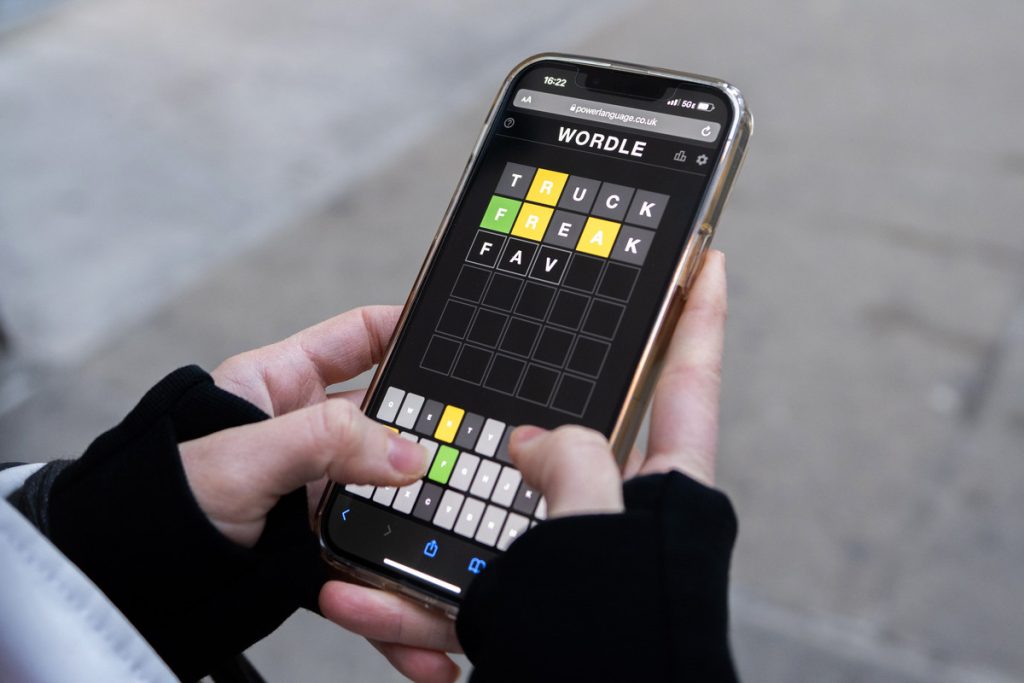Wordle, the popular word-guessing game acquired by The New York Times, continues to captivate a dedicated following years after its initial release. The game’s simple yet engaging premise challenges players to decipher a five-letter word within six attempts, employing a color-coded feedback system to guide their guesses. This system indicates whether a guessed letter is correctly placed (green), present in the word but incorrectly positioned (yellow), or absent altogether (gray). The daily ritual of attempting to crack the Wordle code has become a widespread phenomenon, fostering a sense of community among players who share their triumphs and struggles online.
The allure of Wordle lies in its blend of luck and strategy. While a degree of chance influences the initial guesses, astute players can significantly improve their odds by employing tactical approaches. One such strategy involves prioritizing common letters, particularly vowels like ‘e’ and ‘a’ and consonants like ‘r’ and ‘t’, in early guesses. This approach maximizes the information gained from the color-coded feedback, allowing players to quickly narrow down the possibilities. Conversely, beginning with less frequent letters such as ‘q’, ‘z’, ‘j’, or ‘x’ can be counterproductive, as it limits the potential matches and slows down the deduction process.
As the game progresses and feedback accumulates, players must draw upon their knowledge of phonics and word patterns to refine their guesses. The color-coded clues, combined with an understanding of common letter combinations and word structures, help eliminate improbable options and focus on likely candidates. The challenge lies in integrating the accumulating information effectively, striking a balance between exploratory guesses and targeted deductions. Each guess becomes a calculated risk, balancing the potential to uncover crucial information against the dwindling number of remaining attempts.
For those seeking an extra edge, hints and clues can provide valuable assistance without outright revealing the answer. These hints often focus on specific aspects of the word, such as the number of vowels, the presence of repeated letters, or the word’s general semantic field. For instance, hints might reveal that the word relates to a particular theme, belongs to a specific grammatical category, or starts with a certain letter. Such clues serve as nudges in the right direction, allowing players to leverage their existing knowledge and vocabulary to connect the dots.
In the specific case of Wordle #1,283, the hints gradually unveiled the solution. The first hint disclosed the presence of two distinct vowels, while the second revealed a repeated vowel. The third hint connected the word to health and well-being, narrowing down the possibilities considerably. The fourth hint specified that the word was a noun, further refining the potential solutions. Finally, the fifth hint revealed the starting letter ‘S’, essentially sealing the deal for many players. These progressively revealing hints provided a structured path towards the solution, allowing players to engage in a satisfying process of deduction and discovery.
The answer to Wordle #1,283, “Sauna,” perfectly encapsulates the game’s appeal. The word itself, denoting a room or small building heated to high temperatures for therapeutic purposes, aligns seamlessly with the health and well-being theme hinted at earlier. The presence of two vowels, one of which is repeated (‘a’), and the starting letter ‘S’ all fall into place with the provided clues. The journey from initial guesswork to the final revelation exemplifies the satisfying blend of logic, intuition, and a touch of luck that makes Wordle so compelling. For those who successfully deciphered the word, a sense of accomplishment ensues, while those who fell short can look forward to the next day’s challenge, armed with renewed determination and a refined strategic approach.

